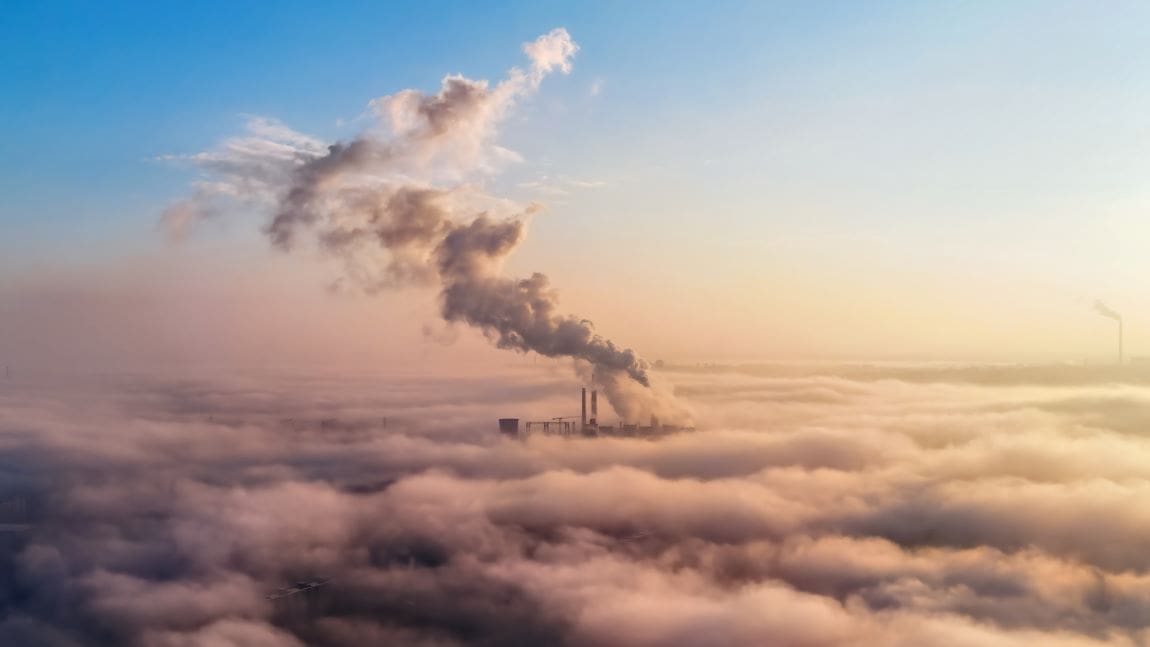By Wiley
New research published in Arthritis & Rheumatology indicates that chronic exposure to air pollutants may increase the risk of developing lupus, an autoimmune disease that affects multiple organs.
For the study, investigators analyzed data on 459,815 participants from the UK Biobank. A total of 399 lupus cases were identified during a median follow-up of 11.77 years. Air pollutant exposure was linked with a greater likelihood of developing lupus. Individuals with a high genetic risk and high air pollution exposure had the highest risk of developing lupus compared with those with low genetic risk and low air pollution exposure.
“Our study provides crucial insights into the air pollution contributing to autoimmune diseases. The findings can inform the development of stricter air quality regulations to mitigate exposure to harmful pollutants, thereby reducing the risk of lupus,” said co–corresponding author Yaohua Tian, PhD, of the Huazhong University of Science and Technology, in China.
More information: Xing, M., Ma, Y., Cui, F., Li, D., Wang, J., Tang, L., Zheng, L., Yang, J. and Tian, Y., ‘Air Pollution, Genetic Susceptibility, and Risk of Incident Systemic Lupus Erythematosus: A Prospective Cohort Study’, Arthritis & Rheumatology (2024); DOI: 10.1002/art.42929. Wiley Article / Material. Featured image credit: frimufilms | Freepik




